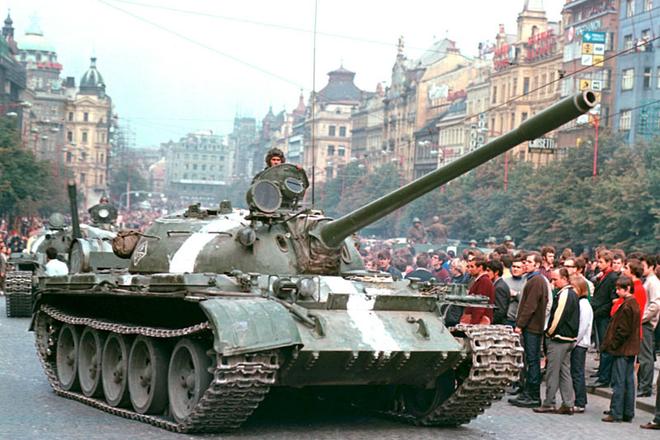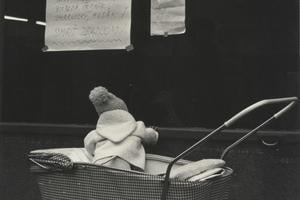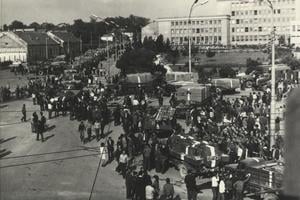Before 1989 Austria was a “gate to the western world”, particularly for Slovaks, with Bratislava and Vienna being practically two neighbouring towns.
Thus, when Warsaw Pact troops invaded Czechoslovakia in August 1968, Austria was one of the first countries to deal with the wave of people who decided to flee the occupation. But not many stayed.
From Austria’s perspective, the memory of the 1968 immigration prompted by the invasion of the Warsaw Pact troops minus Romania to Czechoslovakia is also a reminder that 2015 was not the only year when the country faced migration for economic reasons, said Sarah Knoll, a historian from the Institute of Contemporary History in Vienna.

But in contrast to recent migration issues, people thought favourably of immigrants coming from eastern Europe. Since western countries resented the Soviet Union and condemned the invasion, they solidarised with the refugees, especially since very few of those who came also stayed in the country. According to the Media Service Center of New Austrians a total of 162,000 Czechoslovaks fled to Austria in 1968. In the end, only around 12,000 of them stayed.
“Good Austrian tradition”
Many people who ended up in Austria were not coming directly from Czechoslovakia. At that time, Yugoslavia and Hungary belonged among the popular holiday destinations for people from Czechoslovakia, whose holiday possibilities were mostly restrained to the Eastern Bloc.


 The first moments of a long occupation, 1968. (source: ČTK)
The first moments of a long occupation, 1968. (source: ČTK)


